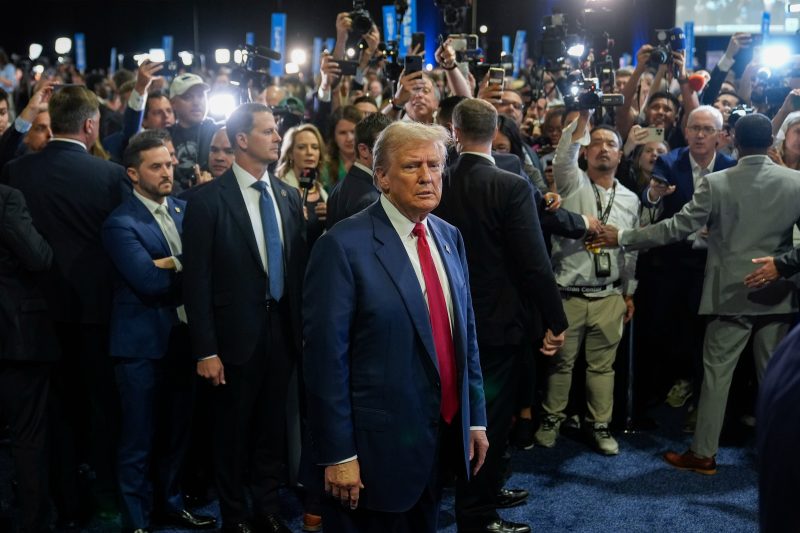
Lost in Translation: Donald Trump Struggles to Connect Beyond his Base
In a polarized political landscape where communication is crucial, it’s becoming increasingly apparent that Donald Trump, the former president of the United States, is struggling to connect with individuals beyond his base. Trump’s communication style has always been characterized by his candid and unfiltered approach, which resonated strongly with his core supporters. However, as he finds himself out of office and facing a different set of challenges, his inability to adapt his messaging has become more evident.
One of the key reasons behind Trump’s struggle to effectively communicate with individuals outside his base is his reliance on divisive and inflammatory rhetoric. During his time in office, Trump frequently utilized combative language, often resorting to personal attacks and controversial statements to energize his supporters. While this approach may have been effective in mobilizing his base, it alienated many others and contributed to the deep political divide in the country.
Additionally, Trump’s communication style is characterized by a lack of nuance and subtlety, making it challenging for him to address complex issues and engage in constructive dialogue. His tendency to oversimplify problems and offer simplistic solutions may have appealed to some voters seeking clear-cut answers, but it has also limited his ability to engage with a broader audience that expects thoughtful and informed discourse.
Furthermore, Trump’s communication challenges extend beyond his rhetoric to his understanding of key issues and policies. As a political outsider who ran on a platform of disruption and anti-establishment sentiment, Trump often eschewed traditional policy expertise in favor of intuition and instinct. While this approach may have resonated with voters who were disillusioned with the political establishment, it has left Trump ill-equipped to engage in substantive discussions on complex issues that require a deep understanding of the facts and nuances involved.
As a result of these communication challenges, Trump’s ability to influence public opinion and shape the political narrative has diminished significantly since leaving office. While he remains a powerful figure within his base, his impact on the broader political landscape has waned, as evidenced by his declining approval ratings and limited success in mobilizing support for his preferred candidates in recent elections.
In conclusion, Donald Trump’s struggle to communicate effectively with individuals outside his base stems from a combination of factors, including his reliance on divisive rhetoric, lack of nuance and policy expertise, and his failure to adapt to a changing political environment. As he seeks to maintain relevance in a post-presidential world, Trump will need to reassess his approach to communication and engage more thoughtfully and inclusively with a wider range of audiences. Failure to do so may further isolate him from the broader public and limit his ability to shape the political discourse in the future.
